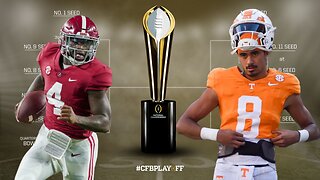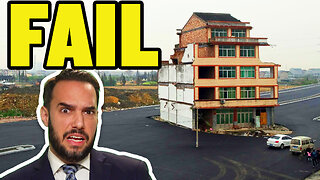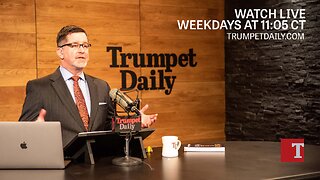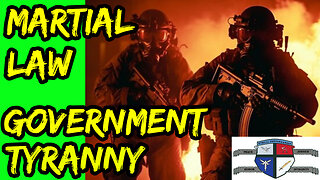FM Radio Station TRANSMITTER Set Up. How To Get It Right For Best Signal Quality.
FM radio stations need a transmitter, antenna, cable and radio mast. Having this set up correctly can make the difference between a good radio signal and a bad one. This affects the signal range, signal strength and audio quality. Having the right transmitter set up can also affect your radio license. So it is very important that you get this right. In a licensed environment, it is either right or it should be switched off. In the listener environment, the quality can affect whether the listener stays tuned or listens at all.
In this video, I discuss what affects how far your radio signal will go as well as how to make sure the signal is the best in radio and audio quality. There are certain things that affect your radio signal more than anything else and what makes your signal legal and what makes it in violation of your license agreement.
Most small and new radio stations have a very limited amount of signal power. If not used correctly, the signal can be wasted and not reach the intended listener. Many radio station listeners are moving around in their cars or on public transport. This means that the signal strength will fluctuate and may become unlistenable. To overcome this you need to be sure that the RF signal is used to its absolute best. There is no perfect solution but there are techniques that help to squeeze out the most signal strength and range as well as produce a better sound.
Once you have your radio station studio set up you will need to run your audio to the transmitter. That means either sending it via a radio link or connecting it directly to the transmitter.
Understanding the basic principals of radio signal distribution can change how successful your radio station signal can be.
-
 14:53
14:53
Winston Marshall
2 days agoYIKES...Did You See THIS?!
50.5K68 -
 8:09:08
8:09:08
PoisonTaco
9 hours agoCitizenCon 2954 DAY 1 - Rumble Watch Party
60.2K18 -
 1:05:10
1:05:10
Game On!
15 hours ago $6.65 earnedHappy Alabama vs Tennessee Day! | College Football Preview
31.4K6 -
 25:14
25:14
CarlCrusher
19 hours agoHunt for the Skinwalker Portal Mystery of Magic Mesa - pt 1
28.6K18 -
 6:40
6:40
The StoneZONE with Roger Stone
16 hours agoAn Obama Race-Baiting Stunt Just Backfired Big Time, Flushing His Legacy Down the Toilet
38.6K57 -
 12:39
12:39
China Uncensored
19 hours agoChina's Last DESPERATE Attempt to Save Its Economy FAILED
32.3K12 -
 1:02:16
1:02:16
Trumpet Daily
1 day ago $11.06 earnedKamala Harris Gets a Reality Check - Trumpet Daily | Oct. 18, 2024
37.2K18 -
 10:51
10:51
Ethical Preparedness
20 hours ago $3.96 earnedExposing the Truth: Ways the Government Will Abuse You After the Collapse that You Don't Know About
26.9K30 -
 1:02:28
1:02:28
FamilyFriendlyGaming
1 day ago $2.89 earnedRune Factory 3 Special Episode 21
23.6K -
 19:08
19:08
Eric Bolling
22 hours agoDemocrats HATE The Constitution
33.5K29